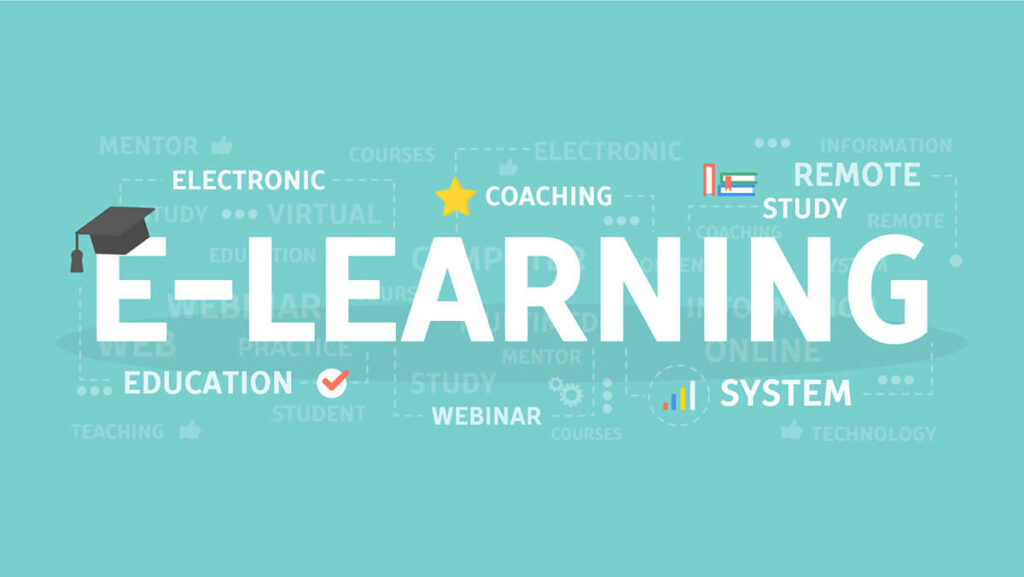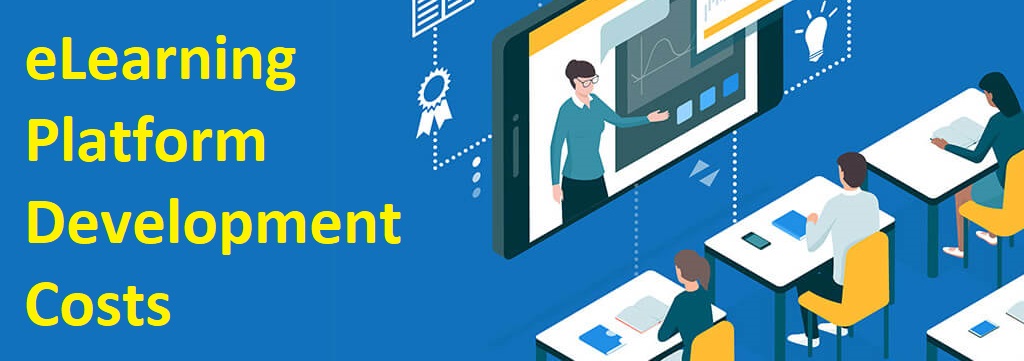How to Develop a Perfect eLearning Platform
Remote learning is a wonderful opportunity for those who wish to make use of it, especially in this day and age, aided by constantly developing technological innovations. It doesn’t matter where you are, or how much time you have to spare; one can make use of resources from all over the world to master any subject.
Forbes estimates that eLearning could be a lucrative field that could climb up to $325 billion by 2025. What’s more, the retention rates go up by 25% to 60% with eLearning, says Forbes.
The high demand for such portals might get you wondering, how to create an educational website that can benefit viewers, and how the process of eLearning app development works.
Well, look no further, because we are here to guide you through how to make an eLearning website, keeping pace with the current trends.
Why Should You Make an eLearning Website?
The fact is, a comprehensive eLearning portal helps you unify a lot of stakeholders, from the student to an employee of an organization in need of training, to the self educators. But if you’re looking for more specific reasons to get into educational platform development:
1. A Booming Industry
eLearning is a booming industry with a large customer base. Once your platform is established, the number of users are bound to see an exponential increase.
2. Self-learners are on the rise
Most students today depend on eLearning portals and apps to educate themselves. It is also used by many who wish to educate themselves about a particular topic.
3. Organizations and Industries
Many organizations make use of eLearning websites to reduce their training time by 30% to 40%.
So now would be a great time to dive in and start your eLearning website or app.
How to Set up an eLearning Portal

The main features of an eLearning website are secure authentication and the ability to maintain a user profile.
When you make an eLearning website or indulge in eLearning app development, make sure you have filters, search options, and a dashboard that is supported by smart reporting and analytics. Also, ensure that your information management systems are in place to avoid any confusions.
eLearning app development should also be done keeping in mind the target audience. Gamifying subjects, for example, could allow for better understanding and retention. The steps to develop an eLearning platform are simplified here:
- Identify your target audience, and define the end goal.
Make sure you know exactly who your target audience is, and how your learning portal would help them. Identify any unmet demands, and analyse similar platforms like Coursera or Udemy, their benefits and drawbacks and so on.
- Decide how you want to build your eLearning website or app.
After you decide to make an eLearning website, building it from scratch would mean that you would have to find a development team and decide the framework of technology to use. You could opt for a CMS system like WordPress, or Moodle with a decent level of customizability.
- Make content that is relevant.
Make sure that you put forward valuable information in a form that is easy to understand. This might involve learning plans, videos, activities, and tests. You can even offer certification if you have instructors qualified to do so.
- Create an attractive interface.
UI/UX of the platform should be engaging and entertaining while putting forward educational content. The trends in UI/UX design 2021 can help you to attract user attention.
- Develop a system for assessment.
Make sure that you have an encouraging system for assessments. This should motivate students to learn. Divide the topics into shorter portions and give the students rewards for clearing each section. They should have a clear idea as to how the results were being measured.
- Find the right type of Online Learning Platform.
Understand the major domain you are working with, be it synchronous or asynchronous. Follow it up by looking up the subtypes of platforms, be it a destination for learning about all topics, open-source learning, or personalised and tailor-made learning systems for the individual.
Challenges Involved
There are certain challenges involved with the development of an E -learning app or website. Choosing a backend, managing payments and email services, and even reaching out to the right niche could take a lot of time and effort.
You might find it difficult to stay motivated to continue. In addition, it might take you some time to figure out the right learning model for your audience.
Keeping sure that your platform is constantly updated with the latest developments, and keeping the students updated with the latest courses and best instructors could go a long way in making for a profitable eLearning portal, but this can be difficult to sustain. It might even require a dedicated team to continue
There are, however, ways to get over these challenges in an effective way, by getting the right development team and stack, using an existing framework for payments, and getting a mailing list put together to increase your odds of success.
What Is the Cost to Create an eLearning Website?

The cost of developing an e-learning platform depends on the number of hours spent developing and the experience of the developers. The more difficult the task, the higher the final price tag. As a rule, the cost of developing an e-learning platform starts at $ 35,000.
If you want to know a more accurate development cost, please send requests for an estimate of the cost of your project.
Advantages
Developing an eLearning platform could serve as a major advantage to many students, organizations, and the learner community. This lucrative industry could increase the growth of the formal realm of education, and maintain higher productivity for learners.
Conclusion
Make sure that your eLearning site or app has the much-needed features to provide a wholesome learning experience to your customers. The idea in itself requires a lot of effort, which is followed by immense research, design, and development.
For three years of development of the Wikigrads educational platform, our specialists have accumulated rich practical experience. For more assistance in creating a perfect eLearning portal, we’re here to help you out.

Subscribe to us










